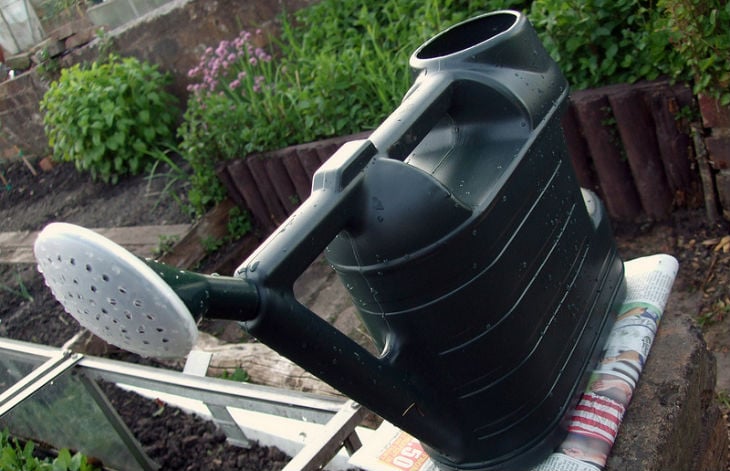
Many people assume that, providing their plants are watered regularly, they will grow well. But it is important that people realise that different factors will determine how often you should be watering plants. This may sound complicated, but it doesn’t have to be. You don’t need to a be an expert on plants to know what’s best, it’s usually easy enough to tell, but if you are worried, this guide should tell you all you need to know about watering plants.
Top Three Things to Remember
There are many things to consider when watering plants but these are the top three:
- Different plants have different needs- It would be bad practise to treat all plants the same when it comes to watering. Some plants, such as succulents or those with substantial root systems, are better at holding water than others and will require less watering. Over watering the plants that don’t need it can be just as bad as under watering those that do.
- Different types of soils can hold different amounts of water- If you’re lucky enough to have naturally heavy soil, you will find that it holds moisture better than sandier soils, meaning your plants will need watering less. However, you can increase the amount of water your soil holds by mulching it well.
- Your climate- It seems obvious but if you live in a warmer, drier climate, you will generally need to water your plants more often. If you get regular rain, you might not have to worry so much. However,if you live in an area that gets a lot of rain, you should be careful not to over water plants as the soil could become waterlogged, damaging the plants.
Other Important Rules
- Water deeply and infrequently. In general, plants grow better when they are watered less often, but deeply and properly. The ‘little and often’ rule does not apply to plants as it means only the surface of the soil gets the water and not the roots, which is the vital area. Try to ensure that between 6 to 8 inches of the soil are sufficiently damp.
- Water in the morning. Watering at night means that the plant is more at risk of developing mold or mildew problems as well as other diseases.
Fool-Proof Testing Method
If you’re still unsure as to whether or not your plant needs watering, you can tell by taking a handful of soil:
- It is too dry if the soil is crumbly and does not hold when pressed together.
- It is too wet if, when pressed together, the soil holds shape but also shows finger marks.
- It is just right if your soil holds together densely and some particles fall away and you don’t have water residue on your hands.
Do you have any advice on how best to water plants? Share your ideas in the comments section below!
[Photo Credit: Futurilla]

